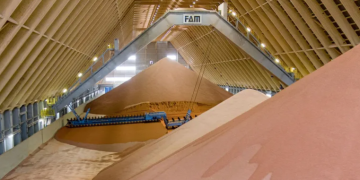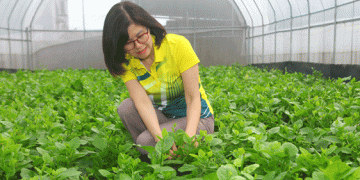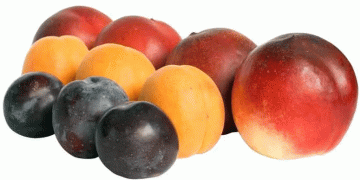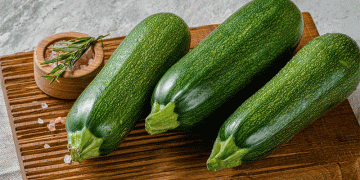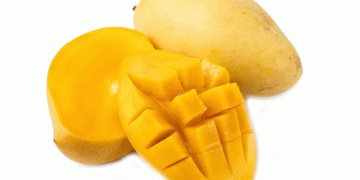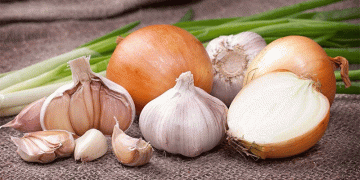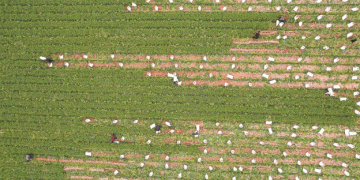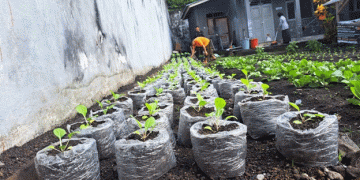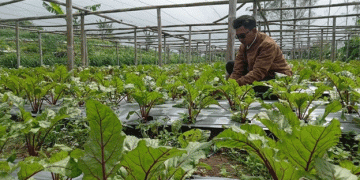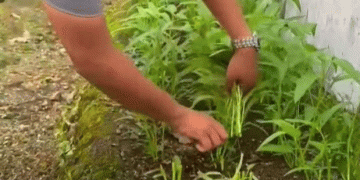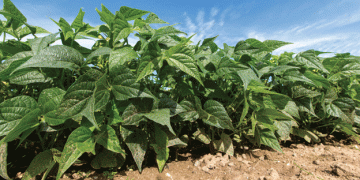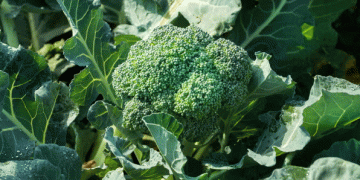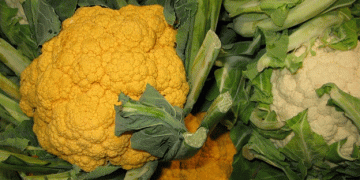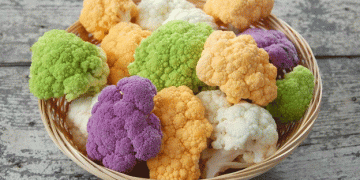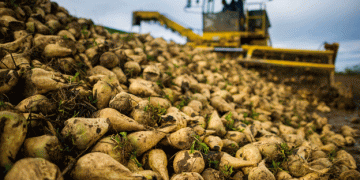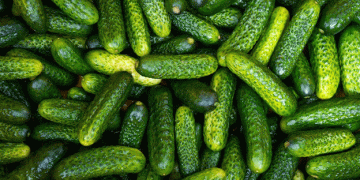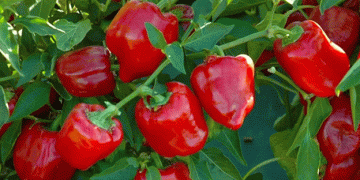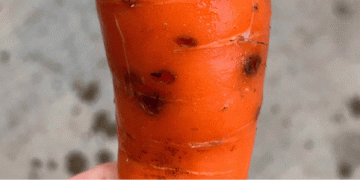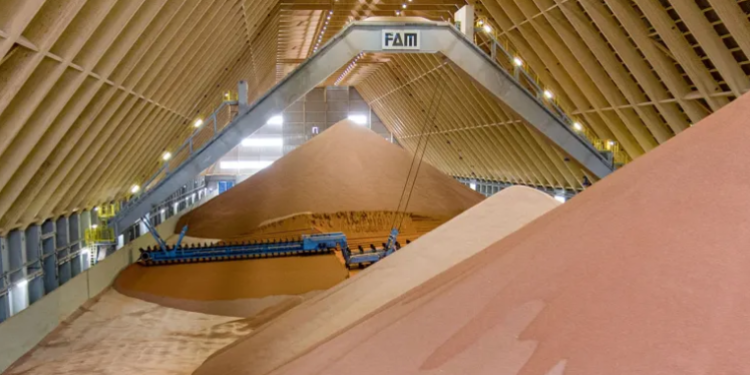The Russian government intends to introduce export duties on fertilizers for the first time and extend quotas for their supply abroad. How will this affect the export of fertilizers, which has already declined due to Western sanctions, was investigated by Forbes
According to the Food and Agriculture Organization of the United Nations (FAO), Russia last year ranked first in the world in the export of nitrogen fertilizers, was the second largest exporter of potash fertilizers and the third — phosphorus. However, due to Western sanctions, fertilizer supplies from Russia from January to August of this year, according to the latest available data, have generally decreased compared to the same period last year, analysts at the International Research Institute for Food Policy (IFPRI) Joseph Glauber and David Laborde note.
Moscow has closed export data since March, but according to IFPRI analysts, based on open data from importing countries of Russian fertilizers, the supply of potassium chloride for the first eight months of this year decreased by 16.5%, urea (urea, fertilizer containing 46% nitrogen) – by 22.8%. The import of ammonia from Russia has especially decreased — by 63%, the reason is the closure of the Togliatti—Odessa ammonia pipeline. At the same time, the supply of diammonium phosphate exceeds the volumes of the first eight months of 2021 by more than 8%.
Despite the decline in exports, the government plans to introduce export duties on fertilizers from January 1. Most likely, they will be introduced by Russia unilaterally and for six months, since for a longer period it is necessary to coordinate with other members of the Eurasian Economic Union (EAEU).
In October, Finance Minister Anton Siluanov announced that export duties would be applied if world prices for phosphorus and nitrogen fertilizers exceed $500 per ton, and for potash fertilizers — $400 per ton. And in November, the Minister of Industry and Trade Denis Manturov said that the export duty on all types of fertilizers will be 23.5% if world prices exceed $450 per ton, and the draft resolution has already been prepared.
Duties will be paid by all manufacturers
According to Phosagro, the level of average prices for mineral fertilizers in the third quarter of 2022 remained higher than prices for the same period in 2021. The average price of urea in the ports of the Baltic Sea was $538 per ton against $442 last year, for ammophos (ammonium phosphate, nitrogen-phosphorus fertilizer, contains 10-12% nitrogen and 44-52% phosphorus) — $777 per ton on the same basis against $695, for potassium chloride (potassium fertilizer with containing 58-60% potassium oxide) — $694 against $277.
“Prices for phosphorus—containing and potash fertilizers gradually decreased because they were too high in comparison with prices for agricultural products,” the company’s report says. “The prices of nitrogen fertilizers, including urea, followed a predominantly upward trend, including due to the continued high level of energy prices, and as a result of a noticeable reduction in the production of these types of fertilizers, especially in Europe.”
At current prices, it is likely that the duty will be levied on all types of fertilizers, says Dmitry Puchkarev, an expert on the stock market of BCS World of Investments.
“Now retail prices for potassium chloride in Europe and the USA are about $850-855 per ton, for urea — $820-825, diammonium phosphate (nitrogen-phosphorus fertilizer with 18% nitrogen and 46% phosphorus) — $820-830 per ton. Compared with the prices of spring-summer 2022, when they reached multi—year highs, prices are declining,” says independent expert Leonid Khazanov. “However, prices have not yet reached the level of November 2021, although the cost of urea is approaching the indicators of that period.” Export prices in Russian ports are clearly lower than retail prices in the West, since they do not include the cost of transportation costs and the margin of traders located between producers and consumers.
“The cut—off price of $450 per ton cannot be called too high,” says Alexey Kalachev, an analyst at Finam. “Most likely, it was the result of agreements and compromise.” According to Kalachev, although fertilizer prices have fallen by 20-30% from the peak values of spring, they still remain high — they were higher only in the fall of 2021, and before that most of the time prices were noticeably lower.
In previous decades, fertilizer prices rose above $450 per ton only in 2007-2008 and in 2010-2012, Kalachev notes. Thus, he says, the duty above the cut-off price, according to the government’s plan, will withdraw to the budget the “windfall” of fertilizer producers from a successful conjuncture. The cut-off price will protect producers from excessive fiscal burden if the market conditions change and prices fall to the average levels of previous years.
The losses of producers after the introduction of export duties will depend not only on prices, but also on the share of exports in their revenue, says Kalachev. Now the companies do not disclose the geography of sales. In previous years, Phosagro’s exports brought in about 70% of revenue. If a duty of 23.5% is levied on a price above $ 450 per ton, then while maintaining current prices, the duty will cost the company about 6% of revenue, the expert estimated.
The Ministry of Industry and Trade does not write the prices of which basis will be taken as a benchmark, because prices on different bases vary greatly, says Oksana Lukicheva, an analyst on commodity markets at Otkritie Investments. All producers will have to pay duties, but first of all those whose exports remained high — Phosagro, Akron, Eurochem. Uralchem, the main producer of potash fertilizers, will pay less because its exports have fallen.
Duties, according to Lukicheva, can reduce the income of exporters, but will not affect exports. “The duty rate of 23.5% is quite acceptable at the current high prices for fertilizers,” the analyst believes. “Exports may remain at last year’s level or even grow if sanctions are eased.”
The introduction of the duty may lead to a drop in exports from Russia if the prices of mineral fertilizers on the global market continue to decline, Khazanov believes. With such a development of events, the analyst argues, the profitability of manufacturers will decrease, which will be forced to reduce supplies and revise investment programs. “However, after some time, this will lead to an increase in prices for mineral fertilizers abroad due to their shortage on the world market, as it was in the spring-summer of 2022, and domestic chemical companies, having lost in tonnage, will be able to catch up in money,” Khazanov believes.
Quotas will not limit exports
Duties are not the only way to regulate the supply of Russian fertilizers abroad. The government has decided to extend quotas for fertilizer exports from January 1 to May 31, 2023. The corresponding draft resolution is published on the portal of draft normative legal acts. In it, the volume of quotas for export outside the EAEU is set at 7,013 million tons for nitrogen fertilizers and 4,907 million tons for complex fertilizers.
This is less than it was. From July 1 to December 31, 2022, quotas for nitrogen fertilizers are in effect — 8.3 million tons, for complex ones containing two or three nutrients (nitrogen, phosphorus and potassium) — 5.9 million tons. The Ministry of Industry and Trade announced on November 21 that it had already decided to increase the new quota for the export of certain types of nitrogen fertilizers: quota the export price of urea will be increased by 400,000 tons, ammonium nitrate — by 200,000 tons, urea-ammonia mixture by 150,000 tons. The corresponding protocol was signed by First Deputy Prime Minister Andrei Belousov. However, even after increasing this quota by 0.75 million tons to 7.763 million tons, it turns out to be less than the current quota for the export of nitrogen fertilizers of 8.3 million tons.
The size of quotas is calculated based on the volume of production, supplies to Russian farmers and industrial enterprises, according to an explanation received by Forbes from the Ministry of Industry and Trade. According to the letter, the updated version of the document approved by the Ministry of Agriculture of Russia and agreed by the Ministry of Industry and Trade of Russia provides for deliveries to Russian farmers in January-May 2023 by 10% above the level of the same period last year, which had an impact on reducing the total number of quota exports.
The smaller volume of quotas, compared with previous quota periods, is primarily due to the timing, the explanation says. Previously, quotas were introduced for six months — from December 1, 2021 to May 31, 2022 and from July 1, 2022 to December 31, 2022. The period proposed by the project resolution covers only five months — from January 1 to May 31, 2023. “The final volumes of quotas will be determined during the coordination of the draft resolution with the interested federal executive authorities and approved at a meeting of the subcommittee on customs tariff and non-tariff regulation, protective measures in foreign trade of the Government Commission for Economic Development and Integration,” the Ministry of Industry and Trade writes.
“In general, export quotas were introduced in the amount of only slightly less than the average export volumes for previous periods,” says Alexey Kalachev, an analyst at Finam. “They protect the domestic market from the growth of export volumes, but they almost do not reduce the actual existing exports of companies.”
The establishment of quotas will only fix the ratio between the sale of mineral fertilizers in the domestic market of Russia and abroad, if necessary, they can be expanded, as it was already this year, says Khazanov. “In any case, the Russian market will remain the key for our producers, which in 2023 may increase its capacity due to continued state support for agriculture,” the expert notes.
According to the Russian Association of Fertilizer Producers, as of November 16, 2022, Russian producers of mineral fertilizers provided 108% of the planned demand of Russian agricultural producers, which this year was estimated at 4.85 million tons.
A source: https://www.forbes.ru
